Review: LG Vu Plus
Jul 1, 2010, 11:47 AM by Philip Berne
The LG Vu Plus is one of the only phones that works with AT&T's Mobile TV service, but does that make it entertaining? Find out in our review.
Form
Is It Your Type?
Is It Your Type?
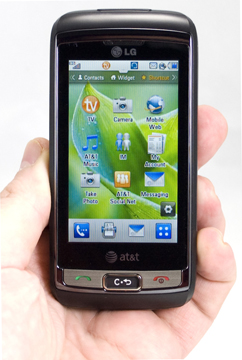
The LG Vu Plus takes the Vu formula and adds a generous keyboard. Though it doesn't upgrade the specs significantly, the phone does feature an improved interface and more megapixels on the camera sensor. With AT&T's Mobile TV service, I took a long look at this phone for mobile commuters who want plenty of entertainment without the smartphone complexity.
Body
The LG Vu Plus feels light and cheap. The light weight is a good thing, but the phone is mostly covered in grey plastic. It has a nice, tapered curve at the top and bottom, so it's more of a trapezoid with a base larger than its face. Overall, it's not unappealing, but a thinner body and some more metal might have given the phone a density to match it's $150 launch price tag.
The Vu Plus slides open with a smooth snap, revealing a large, 4 row keyboard with plenty of extra function keys. The keys are square, slightly raised, but a bit close together for my taste. They were also more stiff than I like; I prefer a more springy feel to my QWERTY. But the keyboard has plenty of extras crammed in. There are dedicated keys for text messaging, Instant Messaging and e-mail. There's a key that jumps to your address book. The "@" symbol gets a key, and there's a ".com" key.
On the left side of the LG Vu Plus you'll find a volume rocker and a Task Menu button. The phone has some basic multitasking capabilities, and the Task Menu lets you close open apps without having to jump completely in. On the right, you'll find the camera shutter button and the screen lock key. The camera is auto focus, and the camera button works in two stages, letting you focus first and then fire your shot. The screen lock key seems redundant, since there is also a software lock button on the lock screen.
There is a microSD slot on the right side of the phone, very easy to access. Up top, you'll find a microUSB port for transferring files or charging the phone. I like that LG went with the microUSB standard instead of a proprietary port like rival Samsung often uses. I wish the phone also had a 3.5mm headphone jack. As an AT&T Mobile TV phone, the phone could be popular among commuters, but without a standard headphone jack, it could disturb fellow travelers. You need to buy an adapter for headphones, since LG doesn't include a set of headphones or an adapter in the box.
The Three S's
Screen
The screen on the LG Vu Plus is lower resolution than I'd like, pushing only 400 by 240 pixels. That's the same as the original LG Vu, which came out 2 years ago. The interface is well designed for the screen, so you will hardly notice the lower res, but menu text sometimes looks jagged, and pictures suffer for fewer pixels.
The LG Vu Plus has a relatively dim display, especially noticeable when the Vu's screen was white, even with the brightness cranked all the way up. The screen needs to be much brighter. Even indoors in a dimly lit room, it wasn't bright enough. Outside, the screen was visible, but again a boost to the brightness would help considerably.
Sound
Sound quality on the LG Vu Plus was good, but not sterling. There was a muffled quality to my caller's voices. Not enough to ruin a conversation, but I'd like the sound to be more clear. I also heard a bit of static on my end. On the caller's end, friends reported a slightly digitized sound to my voice, but no static or muffling like I heard.
The LG Vu Plus has a nice, loud speakerphone. It could distort a bit at the loudest volume, but I appreciate its ability to scream over loud car noises or fill a room with sound for a conference call. The ringtones were likewise very loud; I had no trouble hearing the phone in my pocket or across the house. This loud speaker also helped with mobile TV viewing, but a loud speaker doesn't make up for the lack of a true headphone jack.
Signal
Reception was solid on the LG Vu Plus. I got a consistent 4 bars of service in most areas. Calls always went through and never dropped out on me. I also got a strong signal from Qualcomm's MediaFLO TV service, which broadcasts on its own frequency, separate from AT&T's network. There was some occasional pixelation and compression artifacts in the Mobile TV picture, but that isn't necessarily a signal issue.
Battery
The LG Vu Plus was able to hold a charge through more than a day's use. Battery life dropped considerably when I played a lot of Mobile TV, but not as much as I was expecting. Commuters who use the phone as a TV on long train rides will want to charge during the day just to be safe, and the phone charges via its microUSB port up top, which is convenient.
Touch
The capacitive screen on the LG Vu Plus simply isn't touch friendly. There was always a lag and delay in every action. Whether I was swiping to move from one home screen panel to the next, navigating menus or selecting options in the settings, the Vu Plus was difficult to use, and it often registered my gestures incorrectly. Unlike most capacitive touchscreen phones, the LG Vu Plus has trouble recognizing a swipe instead of a tap. At first, I thought I was using a phone with a resistive touchscreen, a technology that is friendly to styli but not fingers. I'd start a sweeping gesture with my finger, and instead of playing along the phone would select whatever my finger landed on first. This caused plenty of trouble because the Vu Plus uses an interface that is heavy on multiple screens and tabs. With so many capacitive touchscreen phones providing an excellent touch experience, it's hard to imagine any buyer tolerating the sub-par touch sensitivity on the Vu Plus.
Basics
Menus
For the interface design, LG has basically copied Samsung's TouchWIZ system. This is a real shame, because I've been begging Samsung to lay off TouchWIZ for years, so to see the same problems on a rival device is a step backwards. The phone uses a main homescreen with three panels: one for application shortcuts, one for widgets and one for contact shortcuts. Besides the fact that the lousy touch sensitivity ruins the experience of the home screens, the design is just poor. Widgets overlap each other, just as they do on Samsung's TouchWIZ phones. The app shortcuts offer a limited selection, so you can't place every new app or folder on the home screen. On the Contacts screen, you'll find instructions to press "+" to add a contact, but there is no "+" on screen. You have to press another button to get the "+" button to show up.
You can skip these screens for the main menu, but these are equally poor. There are three tabs, one with a phone icon, one with a movie clapper board, and one with a folder. The organization of apps under these tabs is far from intuitive. The GPS app, for instance, is under the phone menu. Applications, which I'd expect to find under the folder, is actually under the movie clapper. Audio and Video menus are not under the movie icon, but instead under the folder icon. Did anyone give this a moment's thought before setting up the organization?
There were plenty of little issues that plagued the interface design and annoyed me to no end. The notification bar has a tab that looks like it should be pulled down, but that doesn't work. You have to tap it, and it requires a precise tap beyond the screen's ability. The phone is overzealous about locking the screen. After about 10 seconds of idle time, the screen locks, and the unlock button onscreen is the most annoying I've dealt with on a touchscreen phone. You have to hold the button down to unlock, but the visual and audio cues don't match the amount of time you need to keep your finger on it, so I was constantly lifting my finger before the time was up.
There is simply nothing intelligent, original or interesting about the interface and menus on the LG Vu Plus. It even screws up the basics. When you want to type, for instance, you can never type directly into a text field. Even with the keyboard extended, when you tap a text field, a whole new window opens up in which you enter text. This causes more delay, since the phone is already laggy and sluggish, and it's easy to forget the context on screen, since the screen changes when you have to enter text.
Calls / Contacts
Calling
Calling on the LG Vu Plus works fine, but still suffers from some bad interface decisions. To place a call, tap the phone button onscreen. I'd like to jump to the dialer by pressing the "Send" key, but this takes you to the call log, with no way to access the dialer from that screen. From the dialer, you can access the speaker-independent voice dialing. I'd rather give up one of the many shortcuts on the keyboard and give this option its own key.
When a call comes in, the screen locks itself first, then makes you hold down on a button to unlock it before you can press "Accept" to answer a call. You can simply press the physical Send key to answer, but why make things so difficult on screen?
Once you're in a call, you can mute the microphone, activate the speaker or place the caller on hold. If you want to add a third party, you can open up the dialer and call the other number. Once connected, it seems like you can only swap between the two parties. There is an onscreen swap button, and pressing the Send key swaps lines, but there is no obvious button to join. Actually, its hidden under an obscure menu in the upper right corner, an unusual place for a menu to hide.
Contacts
The contact list on the LG Vu Plus looks nice. It's too bad, then, that it's impossible to browse thanks to the lousy touch screen. It's difficult to scroll to the number you need, and it's even more difficult to create a new contact. The screen never wanted to stop at the field I was trying to edit; it keeps flying past, even when my finger had come to a stop.
From the contact list, you can tap on a message icon to send a text message to a contact. But the same trick occasionally didn't work for phone numbers. I encountered a strange problem there. Some times the message icon would show up, but I couldn't start a phone call from the phone icon. Other times, the message icon would disappear, and then the phone would let me place calls by tapping the phone icon.
There is no sync option with the LG Vu Plus phone book. You have to enter numbers manually. The phone can't even use AT&T's own online Address Book, let alone more popular options like Google's contacts or a Microsoft Exchange service.
Messaging
The LG Vu Plus gets a very basic assortment of messaging options, but these should be just enough to satisfy casual users. For text messaging, the phone uses a nice looking, threaded format so messages all show up as a conversational list by contact. Picture messages also come through in line with simple texts. It was easy to attach pictures, vCards from the address book and videos to MMS messages.
The Vu Plus supports AIM, Yahoo and MSN Messenger for instant messaging tasks. The IM app was very basic looking, but it performed well in my tests. Conversations came through with little delay. The phone can also handle e-mail from a number of providers. Unfortunately, the AT&T Mobile E-Mail app costs $5 per month on top of data charges, so it's hardly worth using. In my test period, the e-mail app never once warned me of new messages on my Gmail account, so I definitely can't recommend signing up. Still, it works with a variety of services, including Hotmail and AOL Mail, or you can enter your address and let the app figure out your settings for you.
The LG Vu Plus also comes with AT&T's Social Net app. Social Net is a pleasant, uncomplicated way to check status updates on MySpace, Twitter and Facebook. It doesn't offer much beyond simple updates; you can't upload photos or search for friends. At least there's no charge beyond the data.
With these simple messaging phones, the feature phones on AT&T's lineup with a full QWERTY keyboard, I have always wanted a better assortment of messaging features. The phone does a nice job with text messaging, but the instant messaging app is dated, and I'd like to see more network options, like Google talk and even MySpace messaging. I've certainly seen these on other devices.
E-mail should be free, especially if you're paying for a data plan. Plus, e-mail should do a much better job alerting the user to new incoming messages, and you should be able to send e-mails from anywhere on the phone. The Vu Plus doesn't even let you send e-mails from the address book, though there is a field for e-mail addresses. I also think that many buyers are looking for a device that can access their social networks. There should be a full features app for Facebook, MySpace and Twitter, at the very least, and you should be able to upload photos and search for friends.
Instead, these phones have almost the exact same features you'll find on any feature phone without a keyboard. Instead, they should treat messaging and social networking as something special. I'm not asking for a full-fledged smartphone. I'd gladly skip some of the music features and other extras, like the extensive photo editing, and opt for a phone that really specializes in messaging.
Extras
Music
The music player on the LG Vu Plus was difficult to control. There's a widget to control playback from the home screen, and there are plenty of onscreen controls for music playback. But it's easy to stop and restart the music accidentally, and the icons don't always make their functions clear. There are two separate menu icons, for instance, with no reminder of what you'll find in each (one is for playlists, one for everything else). To its credit, the Vu Plus offers some nice options for playback. There are a couple of visualizers that show a moving EQ while a song is playing. Most of my album artwork came through, though a few albums didn't survive the transfer. There are a few preset equalizers, a favorites menu and good options to repeat and shuffle your tunes.
The Vu Plus is not ideal hardware for music playback. It uses a fine, loud speaker, but with the phone face up on a desk, the speaker is face down and sounds muffled. The phone lacks a headphone jack, as I've said. There is an external microSD card slot, but the phone comes with no memory card in the box, and only 50MB of memory available to the user. That's not enough memory to store music, especially if you'll also be taking photos with this phone. A microSD card will be a necessary purchase. I had no trouble pairing with a set of stereo Bluetooth speakers, however.
Video
The LG Vu Plus uses MediaFLO for AT&T's Mobile TV service. Mobile TV is a step up from the streaming clips you might be used to from carriers, but unless you are going to be relying on the service for entertainment on a long commute, I'm not sure it's the best option. Picture quality was good, but not as good as a pre-recorded video played off a microSD card or even basic cable television. I saw plenty of blocky pixels, even on the Vu Plus' compact screen. Programming options range from last night's reruns to boring old movies, with some rare exceptions. For instance, ESPN showed some World Cup matches live on ESPN mobile, but the Wimbledon quarterfinals were shown as a rerun after the live broadcast had ended.
Camera
Camera
The camera interface on the LG Vu Plus was solid. The phone uses a touch friendly interface, and all of the options appear on screen with simple taps. You have to select your camera options quickly, as they disappear after only a couple seconds, so you have to keep tapping to get them to reappear. You can adjust image resolution, white balance and picture quality. There are even scene modes for portrait, landscape and night shots, though these didn't make much difference in my tests. Best of all, the phone has a two-stage camera button, so you can focus and then fire.
Image Gallery
The touch screen caused surprisingly few problems on the LG Vu Plus' image gallery. It was easy to flick through pictures quickly. There are also robust image editing options on the phone. All the basic editing tools are there, so you can crop and rotate your photos. You can apply filters, like an oil painting filter or an emboss filter. There are image correction tools, including auto exposure correction or automatic color fixes. The phone will use face detection in the editor to let you morph faces into funny, but not outlandish new expressions. You can also add text or stamp tiny prints on your image. There's a lot of fun potential to play with images on this phone.
From the image gallery, you can send pictures via Bluetooth or picture message, or you can upload them to the AT&T Online Locker. Of course, the online locker comes with its own fee, either monthly or a la carte.
Image Quality
Photos
Image quality was a mixed bag on the LG Vu Plus. When photos were good, they were quite good, with nice color, fine details and an overall sharp look. The camera was able to focus on some spots perfectly, even picking up a wispy spider web against the background of my back yard. But when photos were bad, they were just awful. When the focus misses its mark, which was quite common, or when the camera has trouble adjusting to ambient light, my images were completely unusable. The flash is bright, but it blows out everything before it. So, in the end it's a crap shoot, but if you take enough photos, you're sure to end up with a few good ones. Definitely good enough for sharing on Facebook or other social networks, though I wouldn't bother printing any of these.
Video
The videos I shot with the LG Vu Plus were horrendous. They had all the normal problems with camcorder phones, like pixelation, a wavy shake and bad color problems. But the camera was incapable of dealing with the light from a bright sunny day, usually an easier task for these devices. There were moments when the entire screen was washed in a bright, white glare, even though the afternoon was only moderately sunny.

3GPP / MPEG-4 format (viewable with QuickTime)
Browse / Customize
Browse
Web browsing on the LG Vu Plus is not a fun experience. The Web browser can be rather slow. It takes a long time just to open the AT&T jump page, then each page I tried took an abnormally long time to load completely. Pages came through with layout intact, and some would even display their full desktop version instead of a mobile edition. Our own Phone Scoop homepage looked good, but navigating around the page was difficult. The experience is very jerky, not at all smooth. There is only one level to zoom out, and this gave me a wider view but made text completely illegible. Worse, it was even more difficult to move around a full view of a zoomed out page. I would definitely stay away from the Vu Plus if Web browsing is important.
Customize
There are a number of customization options on the LG Vu Plus. You can add or remove widgets and shortcuts to the three homepage panels. I didn't like how the Vu Plus handles widgets, as they can overlap and become much less useful, plus the phone lacks the wide range of widget choices you'll find on one of Samsung's already flawed TouchWIZ devices. You can change the theme of the device from a black background in menus to a white background. You can even change the vibration style and intensity of the haptic feedback and adjust a number of sounds and ringtone alerts on the phone.
Extras
Bluetooth
The LG Vu Plus paired quickly with all of my Bluetooth devices. I made calls and played music through my Bluetooth headset, listened to mobile TV on a set of stereo Bluetooth speakers and sent a photo to my desktop using the Bluetooth pairing. Bluetooth is also easily accessible from the notification bar menu, so it requires less menu digging.
Clock
When you need to tell time, the LG Vu Plus lock screen presents a nice-sized clock front and center. There is no clock in the notification bar, though you can add a clock widget to the home screen if you like. Still, in most apps the time will not be visible. This isn't much of a problem, since the phone locks up so quickly that you'll be staring at that lock screen clock in no time.
GPS
The Vu Plus uses AT&T Navigator for turn-by-turn directions. The app worked well, following me on trips in and out of the city and suggesting new routes when I got lost. It costs extra for navigation service, but this is par for the course, and one of the few times I wouldn't mind the extra charge.
Wrap-Up
The LG Vu Plus is more trouble than it's worth. The touchscreen caused lots of problems during my test. It was quite unfriendly to my touch. The interface does nothing to help this issue. The widgets on the homescreen were nearly useless, and the deeper menus were arranged counterintuitively. There was nothing I liked about the user experience on this phone, from the lock screen through the home screens and deeper into the menus.
AT&T's Mobile TV is certainly a shining moment, but the video quality was not good enough that I'd ditch a portable media player or better, pre-recorded video options. The channel lineup is okay, especially if you're a sports fan or you like catching up on Letterman and other late night hosts, but it still doesn't make for a compelling feature; not enough to make me want to buy this phone.
Almost everything else was a bust. Web browsing was awful. Music was fine, but the controls were difficult to use. The camera was inconsistent. Messaging options were too simple by far, especially considering the main advance this phone has over the original LG Vu is the hardware keyboard.
I'd stay away from this one. For the same price ($150 at launch), you could have a BlackBerry Curve or Palm Pre Plus. For much less, you could have any other quick messaging phone in AT&T's lineup. Of course, if you need mobile TV, the Vu Plus is the only option with a keyboard, but I don't think the broadcast video service is worth the sacrifice.
Video Tour
Comments
Density...
Great review. Nice handset.
Tell us how you really feel about the phone....
most scathing review I've read yet!
justfinethanku said:
lol
most scathing review I've read yet!
Someone I can't help thinking this handset would be just fine for just about any user.


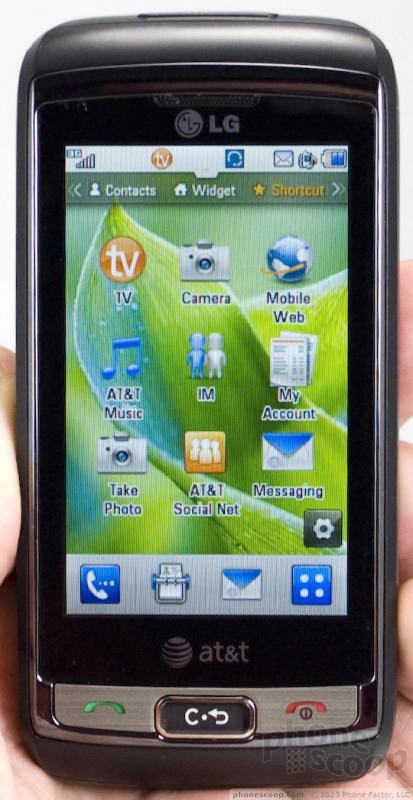






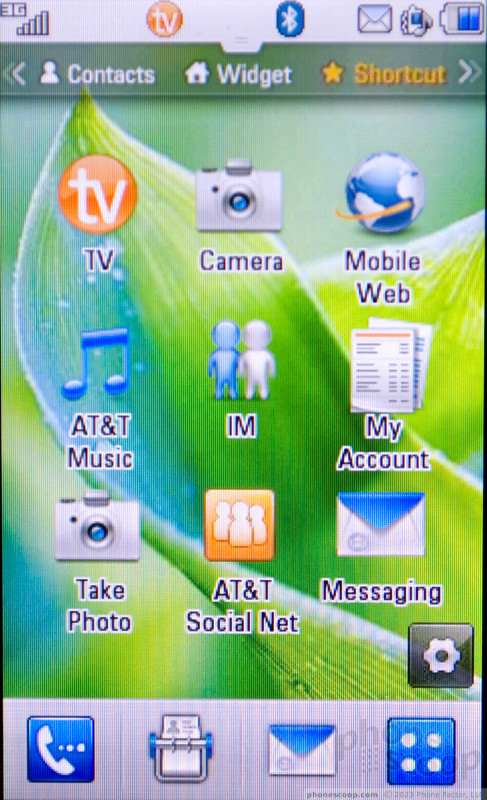






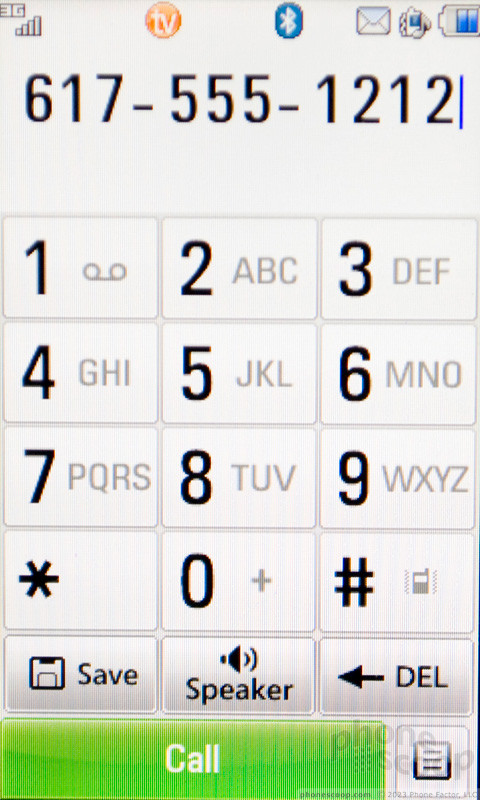





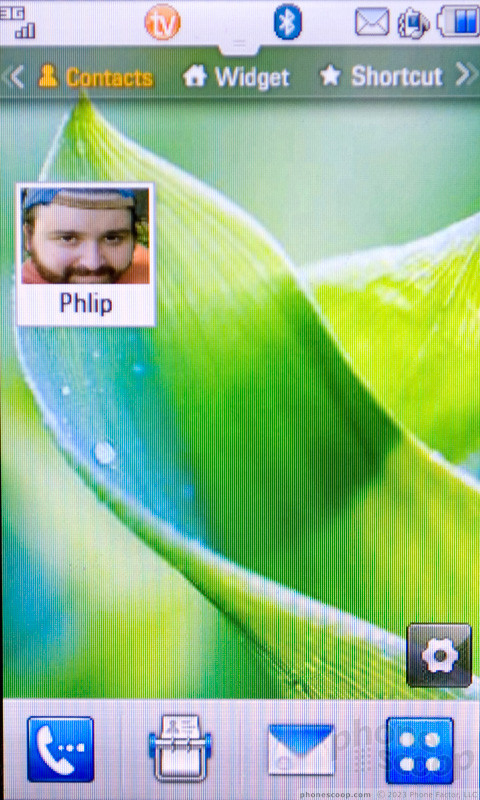










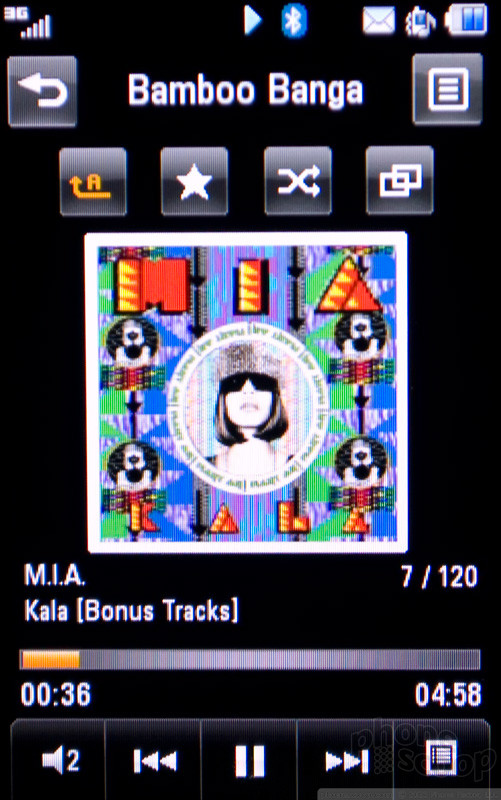








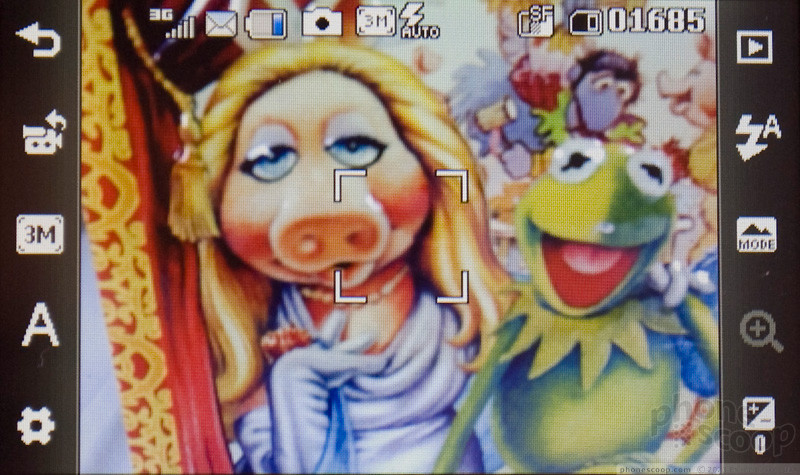



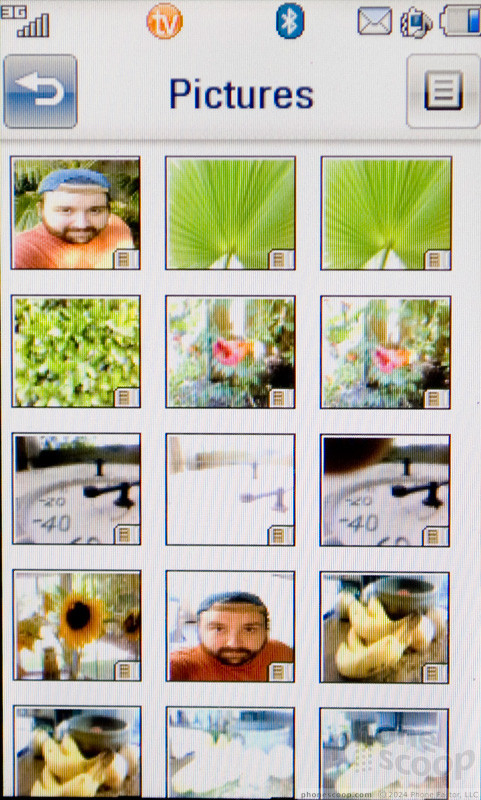













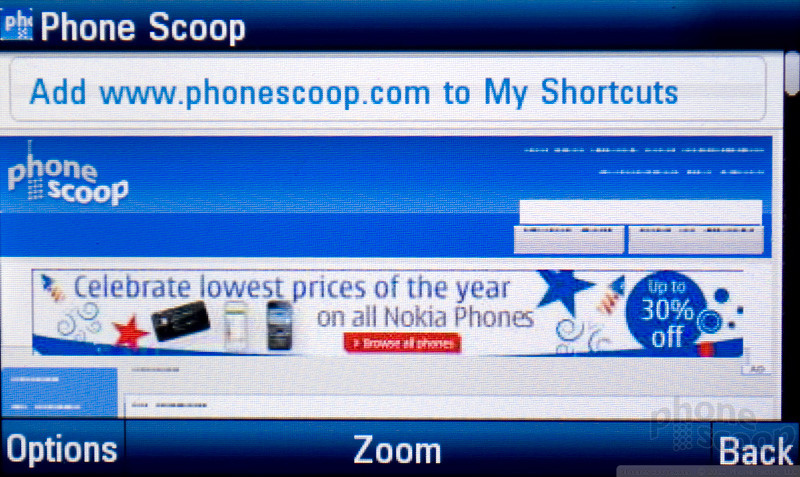



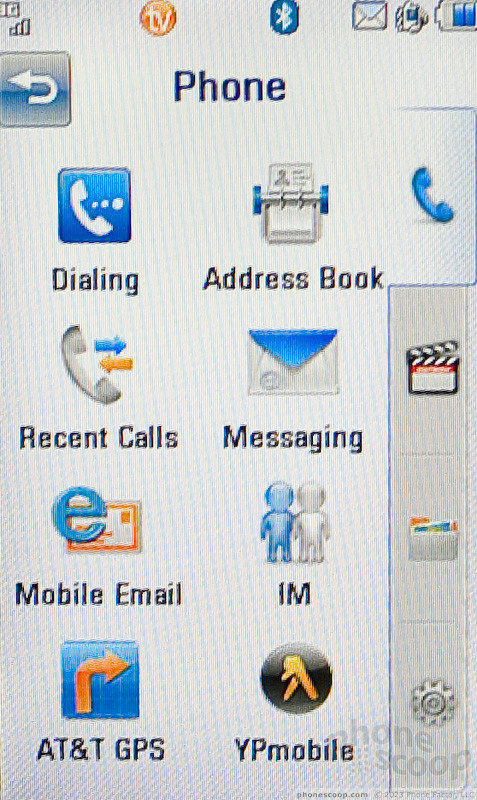



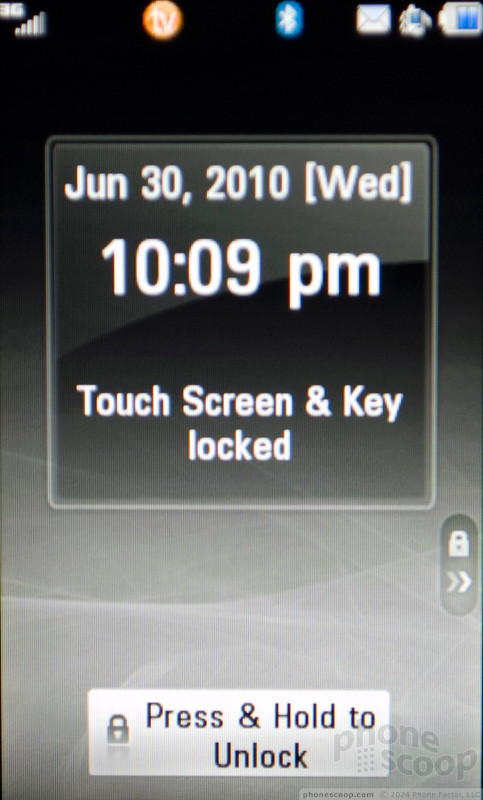


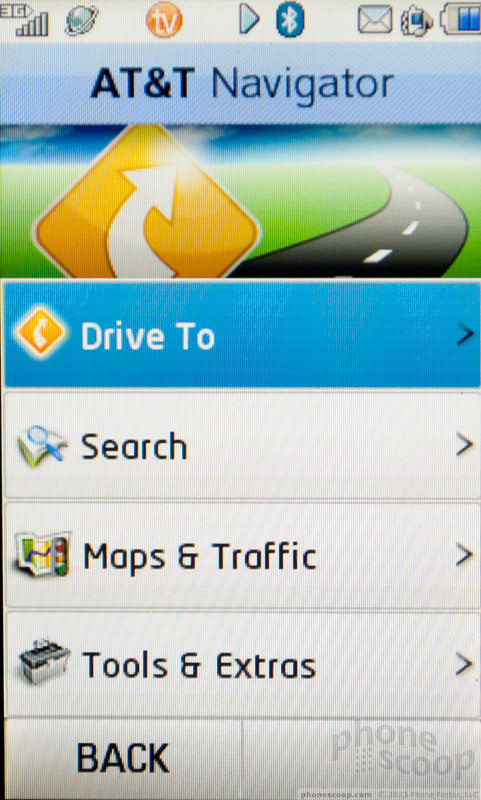



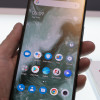 TCL's Newest Concept Phone has a Matte Screen
TCL's Newest Concept Phone has a Matte Screen
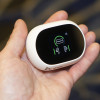 Hands On with Teams-Certified Bluetooth Earbuds
Hands On with Teams-Certified Bluetooth Earbuds
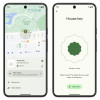 Google Launches New "Find My Device" Network
Google Launches New "Find My Device" Network
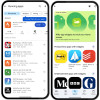 Google Making it Easier to Find Apps with Widgets
Google Making it Easier to Find Apps with Widgets
 LG Vu Plus
LG Vu Plus




